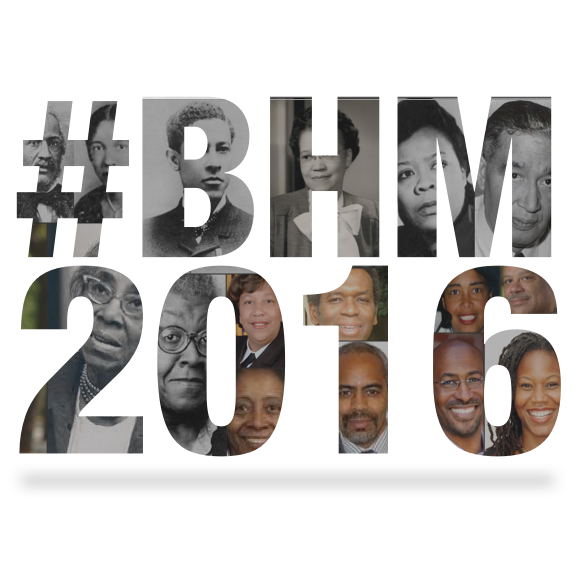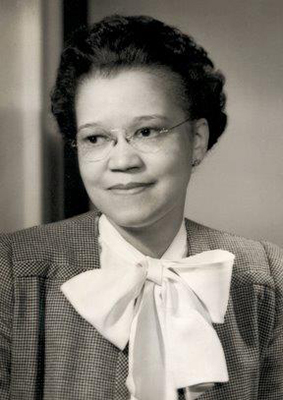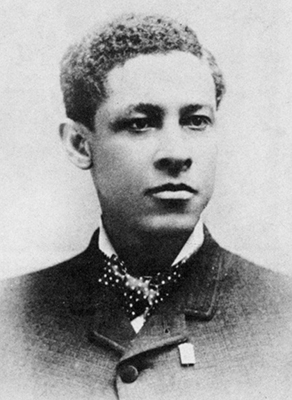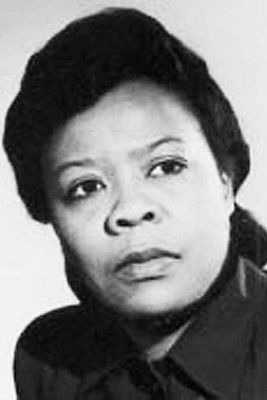
This year we celebrate the accomplishments of African Americans who of a variety of fields. This small selection of profiles highlights accomplishments from significant inventions, medical discoveries, and glass ceilings that were broken for many contributors to come through the 20th and 21st centuries. We hope you enjoy the series of profiles over the course of Black History Month 2016. Follow the NIH Black History Month campaign on Instagram and Twitter.

Sadie Tanner Mossell Alexander (January 2, 1898 – November 1, 1989), was the second African-American woman to receive a Ph.D. in the United States, and the first woman to receive a law degree from the University of Pennsylvania Law School. She was the first African-American woman to practice law in Pennsylvania. She was the first national president of Delta Sigma Theta Sorority, serving from 1919 to 1923. She served on the President's Committee on Civil Rights that was established by Harry Truman in 1946. She was the first African-American woman appointed as Assistant City Solicitor for the City of Philadelphia. She and her husband were both active in civil rights, and in 1952 she was appointed to the city's Commission on Human Relations, serving through 1968. Read more.

Jan Ernst Matzeliger (September 15, 1852 – August 24, 1889) was a revolutionary in the shoe industry with the invention of the lasting machine. Matzeliger obtained a patent for his invention in 1883. His machine could produce between 150 to 700 pairs of shoes a day, cutting shoe prices across the nation in half. Jan Ernst Matzeliger's invention was perhaps "the most important invention for New England." His invention was "the greatest forward step in the shoe industry," according to the church bulletin of The First Church of Christ (the same church that took him as a member) as part of a commemoration held in 1967 in his honor. Yet, because of the color of his skin, he was not mentioned in the history books until recently. Read more.

Marie Van Brittan Brown (October 30, 1922 – February 2, 1999) invented the home security system in 1966, along with her husband Albert Brown. The patent was granted in 1969. Brown's system had a set of 4 peep holes and a camera that could slide up and down to look at each one. Anything and everything the camera picked up would appear on a monitor. Also, a resident could unlatch the door by remote control. The system included a device that enabled a homeowner to use a television set to view the person at the door and hear the caller's voice. Read more.
Coming Next Week – NIH Celebrates #BHM2016, Part 2






